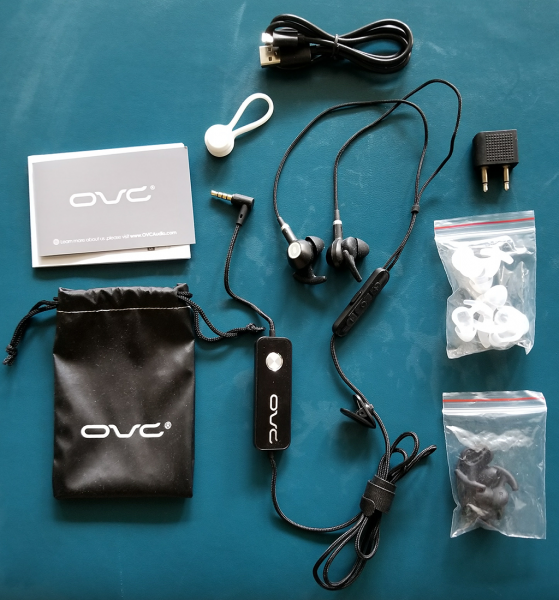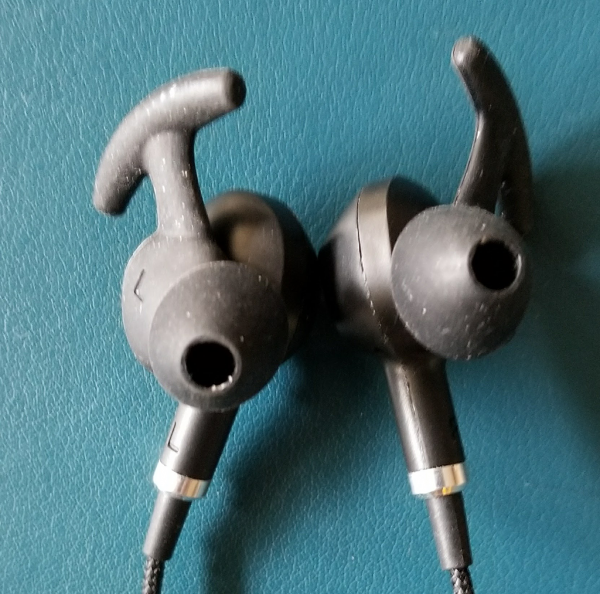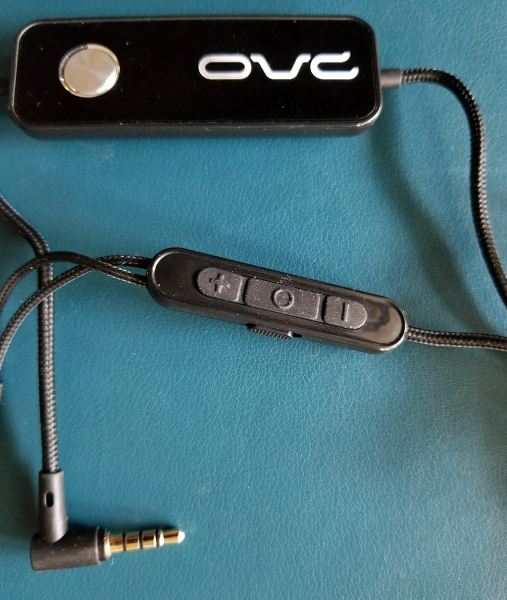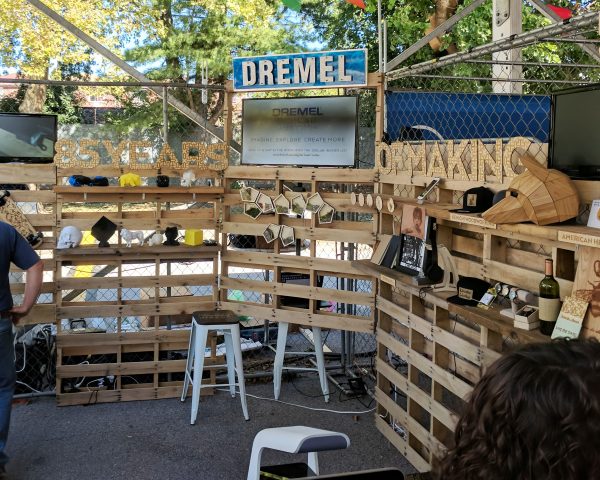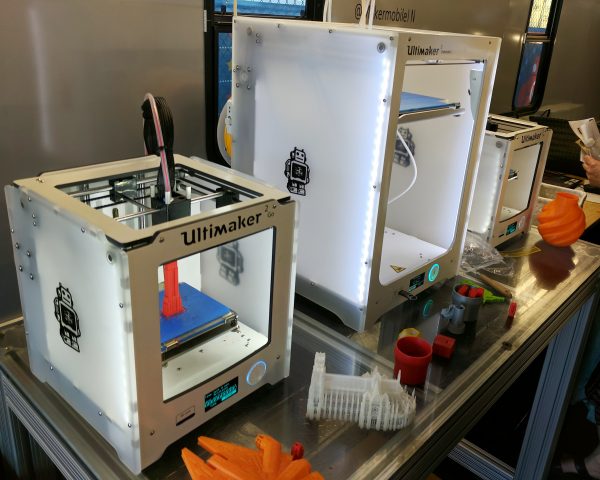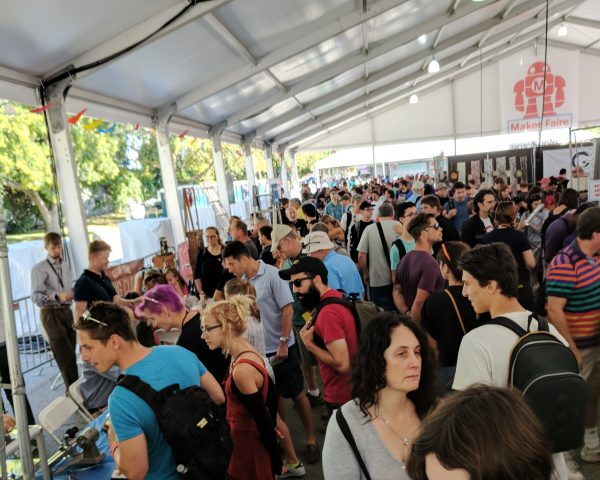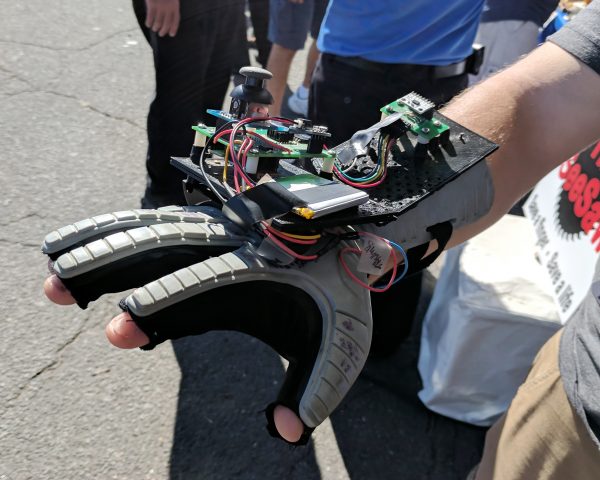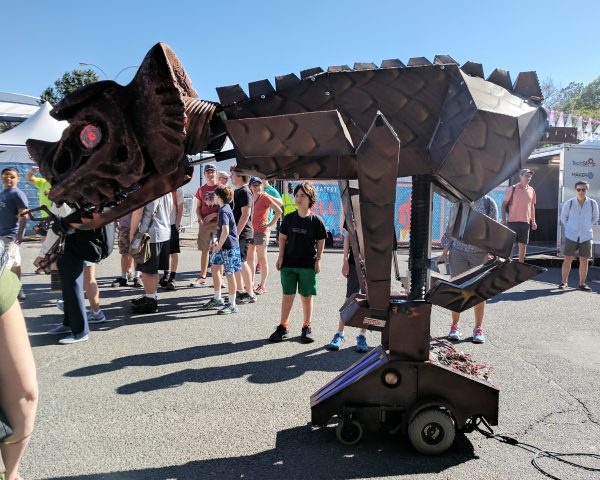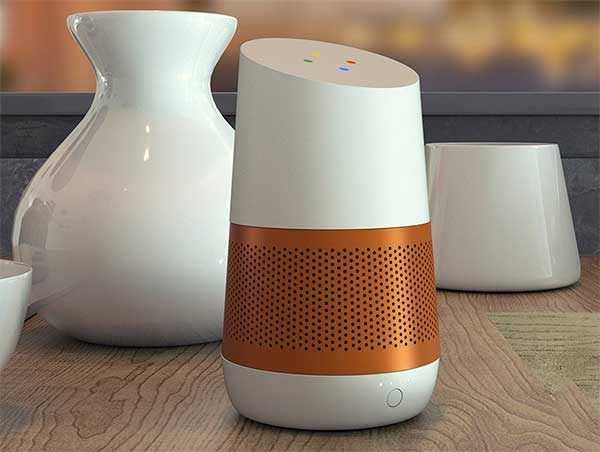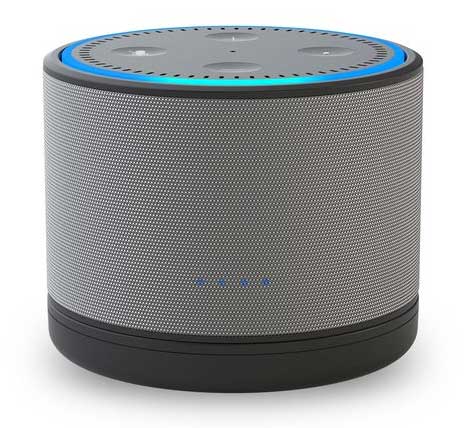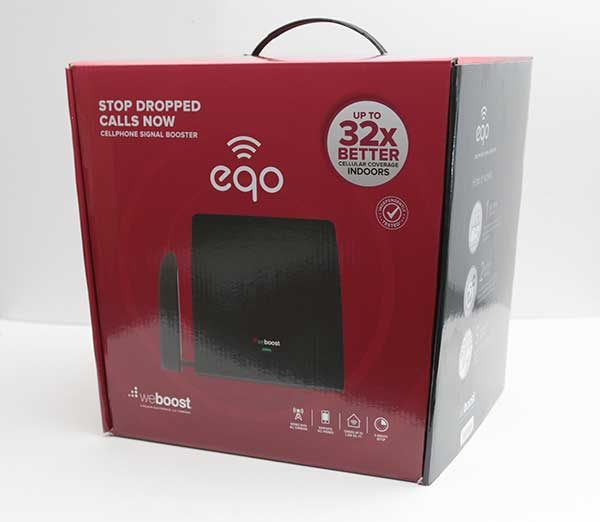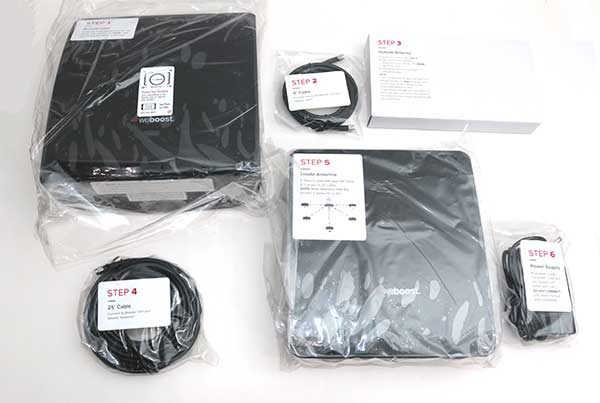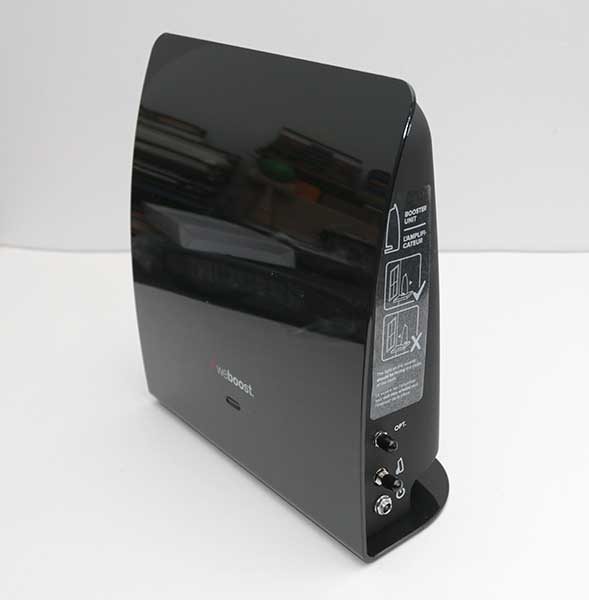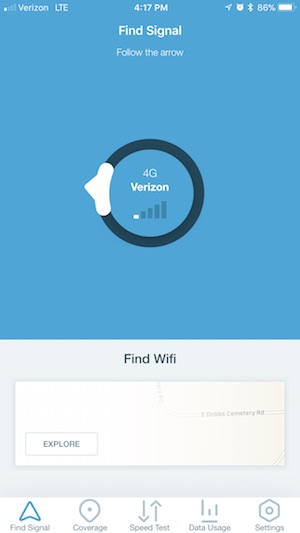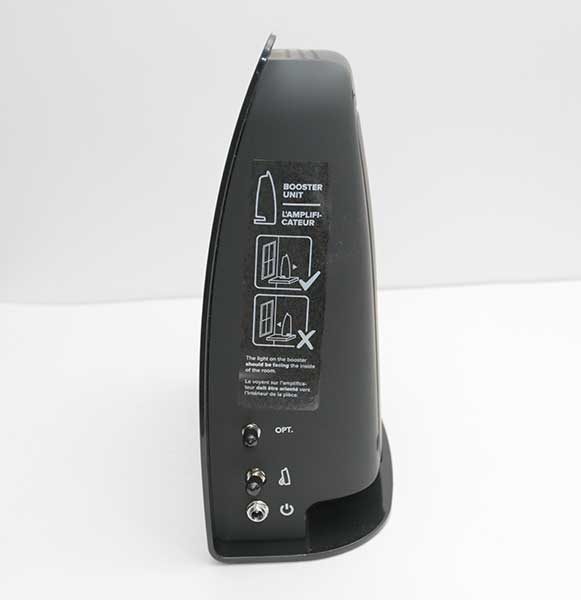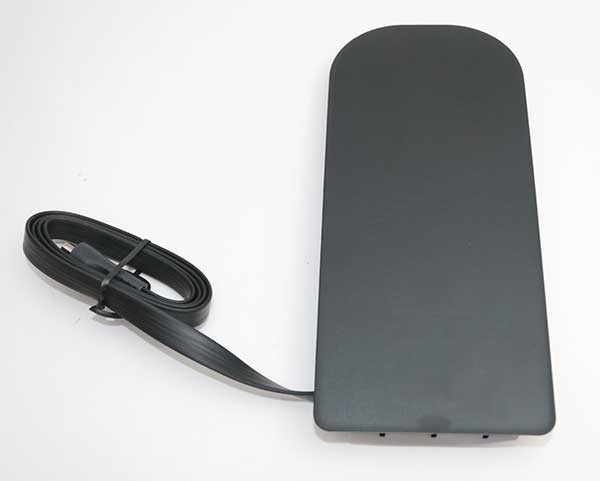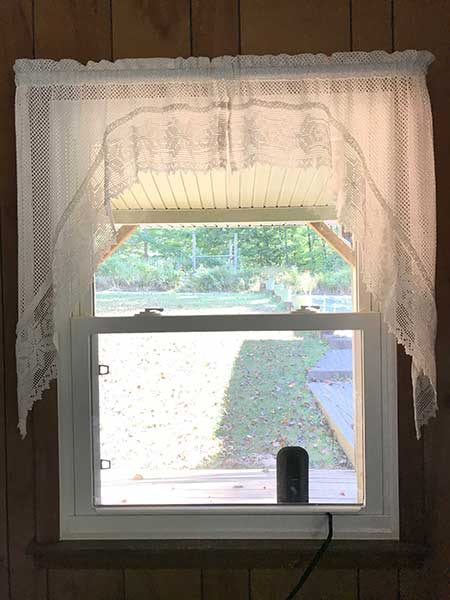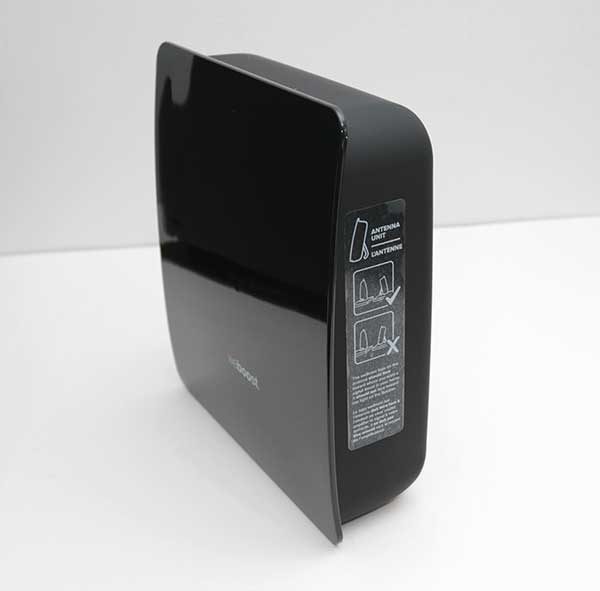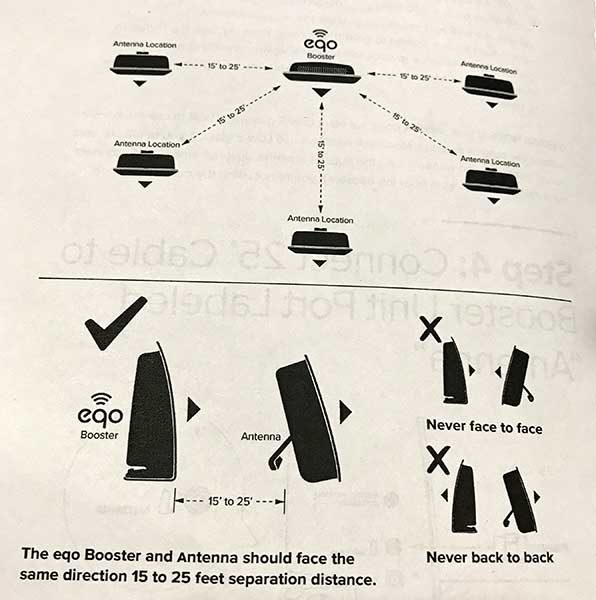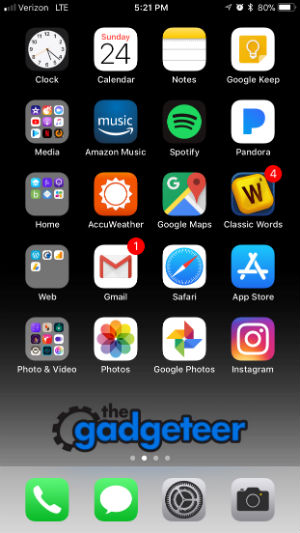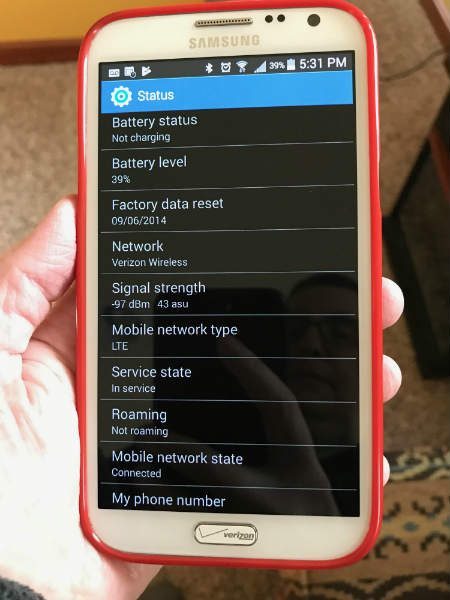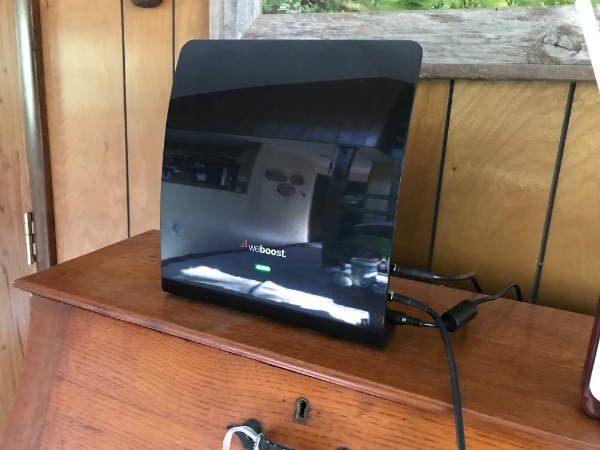
Check out this week’s picks for crowdfunding projects from Kickstarter and Indiegogo that are worth your consideration.
The Five-Day Performance Dress Shirt by Bluffworks
blurb by Andy Jacobs
What is it?
A dress shirt designed from the ground up for travel and loaded with features, from a company that has proven that it knows how to design and build travel clothes.
Why do I like it?
Lots of reasons! For starters, it features soft-feel fabric in multiple checked patterns. And although it’s soft, it’s still breathable and has 2-way stretchy to keep you cool and comfortable when you’re active. Additionally, travelers will appreciate that it’s anti-microbial, wrinkle free and can be machine washed and dried (or even washed in a sink and hung up to dry). While some or even many of these features may be present in other, similar products, it’s the combination of these features, plus the attention to design detail, manufacturing and quality that puts the Meridian Dress Shirt in a class of its own. It includes brass collar stays, a pattern-aligned pocket and reinforced buttons. And if all of that wasn’t enough, Bluffworks is the real deal. I can tell you firsthand that their Blazer and Travel Pants are top-notch, for travelers or anyone else who appreciates well-designed, well-built clothing.
Where can I find more info?
The Kickstarter campaign began on September 18 and ends October 23, so you have plenty of time to become a backer. In fact, after only a few hours after going live, it exceeded its minimum goal of $10,000 and raised over $65,000 in funds with over 375 backers so far. Pledge packages start at $98 for a single shirt and top off at $280 for a package with three shirts. Estimated delivery is December 2017 for all packages. Visit their Kickstarter page for all the details.
Coolala Affordable In/Outdoor Solar Powered Portable Air Conditioner
blurb by Julie Strietelmeier
What is it?
Coolala is the first outdoor and indoor solar-powered portable 7 pound 3,500 BTU air conditioner unit that has 150 square feet of cooling power.
Why do I like it?
It’s been in the 90’s here in Southern Indiana this week, so our AC unit at home has been running like it’s still summer. AC units need a lot of juice, so having a small portable unit that is powered by sunlight sounds like a genius idea. The Coolala has a built-in rechargeable battery that can run for up to 8 hours when fully charged by either plugging it into an AC outlet or by using solar panels. You probably won’t try using Coolala to keep your 3000 square foot house cool, but it would be great for an enclosed patio, camping, a garage, etc. It even has a built-in light.
Where can I find more info?
With 9 days left in the campaign, the Coolala campaign has already met their funding goal of $25,596. You can pre-order a Coolala starting at $219. After the Coolala campaign ends, rewards are estimated to start shipping in April 2018. Visit their Kickstarter page for all the details.
X-Bows Mechanical Ergonomic Keyboard
blurb by Julie Strietelmeier
What is it?
The X-Bows keyboard is a QWERTY keyboard that has a unique key layout for better ergonomics.
Why do I like it?
Traditional keyboards are designed so that our fingers, hands, and wrists need to be at a right angle to the horizontal keyboard for optimal typing speed. The problem is that after long sessions of typing, the placement of our hands and wrists can cause pain and discomfort. The X-Bows keyboard positions the keys in a more natural layout that should allow for more comfortable typing without having to learn a brand new key layout.
Where can I find more info?
With 42 days left in the campaign, the X-Bows campaign has already met their funding goal of $32,345. You can pre-order an X-Bows keyboard starting at $119. After the X-Bows campaign ends, rewards are estimated to start shipping in December 2017. Visit their Kickstarter page for all the details.
Xcissor Pen – One Mighty Scissors Hidden in Your Sleek Pen
blurb by Andy Jacobs
What is it?
The Xcissor Pen is a sharp-looking writing instrument that has a sharp hidden feature inside: a miniature pair of scissors, for those times when a knife blade may just not be right for the job.
Why do I like it?
I’m an EDCer, and I appreciate items that can perform multiple functions. The mininch Xcissor Pen does just that, and looks good doing it, plus it looks durable as heck. Just pop off the main body and disengage the safely lock and you are ready to cut away. The body are made from Stainless Steel and are available in various combinations of silver pen or scissors (nickel plated) or black pen or scissors (Teflon coated) and it uses a Mini D1 Ballpoint Pen Refill. Also, the cap threads on for security, but also posts on the rear for better balance while writing. The mininch folks have already run several other hugely successful Kickstarter campaigns for similar EDC tool gadgets, including the Wrenchit, the Tool Pen and the Tool Pen mini.
Where can I find more info?
The Kickstarter campaign is in full swing and will end November 9, so there is still time to become a backer. It’s worth noting that the campaign has already met its minimum funding goal of $10,000 as of this writing. Pledge package pricing starts at $45 for a single Xcissor Pen and combo packages are available. Estimated delivery is March 2018. Visit the Xcissor Pen Kickstarter campaign page for more details. Visit their Kickstarter page for all the details.
VIITA Watch – Custom Wearable Fitness Coach
blurb by Julie Strietelmeier
What is it?
VIITA is a smartwatch with regular smartwatch features and fitness features like sleep tracking, stress tracking, heart rate tracking, GPS, dehydration tracking and more.
Why do I like it?
I’ve yet to find a smartwatch that I want to wear day in and day out. The VIITA smartwatch looks promising for a couple of reasons. First of all, runs for up to 4 weeks on a charge which cuts out the huge hassle of charging the watch every night. VIITA also tracks hydration levels which is interesting to me because I know I don’t drink enough liquids and would like some type of visual prompt to help me change that. I also like the My Sets feature that lets you find the right timing between your resting periods and sets, to optimize your muscle growth.
Where can I find more info?
With 30 days left in the campaign, the VIITA campaign just working towards their funding goal of $30,000. You can pre-order a VIITA watch starting at $135. After the VIITA campaign ends, rewards are estimated to start shipping in December 2017. Visit their Indiegogo page for all the details.
Filed in categories: News
Tagged: Crowdfunded
Scissors inside a pen, X-Bows ergonomic keyboard, Coolala solar powered AC, and more – Notable crowdfunding campaigns originally appeared on The Gadgeteer on September 26, 2017 at 12:17 pm.
Note: If you are subscribed to this feed through FeedBurner, please switch to our native feed URL http://the-gadgeteer.com/feed/ in order to ensure continuous delivery.


